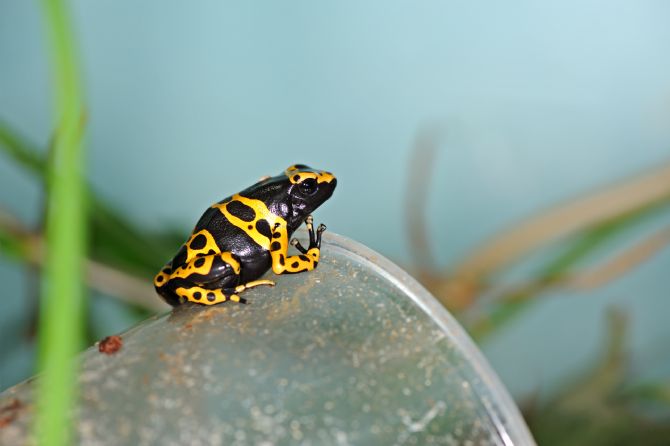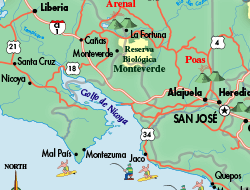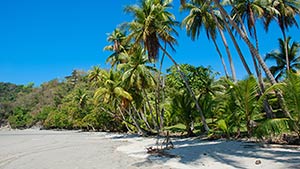The variable harlequin frog returns from the brink
Costa Rican Variable Harlequin Toad (Atelopus varius)
Many amphibian species around the world are going extinct due to a range of factors, but one recent success story in Costa Rica has been the Variable Harlequin toad.
Color Warning
This species, known in the scientific community as Atelopus varius, is named for its bright colors and the unique patterns on its skin. Specifically, the Variable Harlequin toad is famous for its black body with mottled yellow or orange spots. These brilliant hues and stark patterns serve to warn predators that the toad is toxic, deterring them from trying to turn the amphibian into a snack. This defense strategy has largely been successful, as the toad has just one natural threat - a species of fly that lays its eggs in the critter's leg, leading to its eventual death.
Drop of Population
Despite this lack of natural predators, however, the Variable Harlequin toad suffered a serious population decline around 1988. The drop was so significant, in fact, that the International Union for Conservation of Nature thought at one point that the species had gone completely extinct. After years of searching, however, scientists discovered one living group of toads in Costa Rica's Rainmaker Reserve in 2005. Although this represented a drastic fall from the hundreds of clusters that once lived in the country's rainforests, it gave conservationists the chance to study the mysteries of the amphibian extinctions occurring all over the world.
Sick Frogs
A study of the small group of Variable Harlequin toads suggested that they had previously been decimated by the disease-causing chytrid fungus. Because of their thin skin, amphibians are more susceptible to infection with the fungus than many other species. In the late 80s and early 90s, the moderation of previously extreme temperature changes made it more difficult for the animals to resist disease, leading to the extinction of many different kinds of frogs and toads.
Continuous Struggle
The survival of the remaining toads has given environmentalists a chance to help return the species to its former glory. Researchers have found that the creatures are currently free from infection with the fungus, and they carry out two annual surveys aimed at ensuring the illness does not return. Moreover, conservationists are also involved in population studies, micro-climate monitoring, genetic evaluation and habitat protection, helping to guard the Variable Harlequin toad against the effects of inbreeding and climate change.
7 Days / 6 Nights
Starting at $978 per person
10 Days / 9 Nights
Starting at $1,440 per person









.jpg)



.jpg)

.jpg)
.jpg)

